In 2013, we set out with a simple ambition: To create an informal gathering designed by paraplanners for paraplanners to exchange views, learn things, fix things and share things.
Taking inspiration from the unique quality of teepees to create space for conversation and cooperation in-the-round, we settled on the idea of staging an unconference event held in rolling countryside under open skies – in teepees.
And because of the teepees’ association with Native American tradition, we named the event the Paraplanners Powwow. The language and imagery and props and furnishings we adopted drew on the depictions of the 19th century United States popularised in ‘Western’ films and TV.
Despite being intended as a one-off event, the organising principles adopted for that original event proved compelling.
So much so, in fact, that paraplanners who attended the very first Powwow decided to organise their own events: Powwow Up North was born, and then Powwow Down South, and then Powwow North of the Border, and so on and so on.
The Paraplanners Powwow name stuck and so we stuck with the whole Powwow theme.
But in recent weeks we’ve had plenty of reasons to think again about persisting with the ‘Powwow’ theme – not least because we received an email challenging us directly about our adoption and use of the powwow idea, naming and associated branding.
To be confronted with the idea that our events contribute to cultural appropriation of Native American tradition and, in doing so, perpetuate prejudice has been upsetting. And we know that participants in our events would feel exactly the same as us.
But as organisers, we should have recognised the harm that the adoption of the powwow would cause. We didn’t and we are sorry.
What we can do is make changes now.
We have already begun to take steps to remove the Powwow and Howwow names and end the use of imagery and props that contribute to cultural appropriation of Native American tradition.
That’s why, from now on, we’re the Paraplanners Assembly.
And although we’re changing our name, the idea that’s made our events and the community that’s flourished around them remains exactly the same: To create informal gatherings designed by paraplanners for paraplanners to exchange views, learn things, fix things and share things.
We’re learning from our mistakes. We’re fixing it. And – today – we’re sharing our news.
We’ll be publishing details of new events coming up and will see you at an Assembly soon.
Following the ‘This time it’s personal’ Howwow in November, we asked Chris Hindle, Director and Paraplanner at Frazer James and outsourced Paraplanner to share his thoughts. It was Chris’ first Powwow event, and our first time focussing solely on soft skills, so his insight is doubly interesting. Thanks for sharing Chris 🙂
Do paraplanners need soft skills?
That was the question I was asking myself after a colleague suggested I attend an all-day course to develop my soft skills.
An introvert by nature, I was initially resistant to the idea. Why do I need soft skills training, surely this was the domain of advisers?
The thought of a full day workshop on soft skills development made me slightly uncomfortable, which in itself told me that it was probably a good idea to attend!
So I signed up.
My first ‘Powwow’
Having not previously attended a ‘Powwow’, I wasn’t quite sure what to expect. Would it be leading from the front like most workshops, or would it be something different entirely?
The first thing I noticed is the sense of community. This was an event organised by paraplanners, for paraplanners. We were coming together to learn, fix and share in a non-judgemental way.
A loose agenda kept the day together, but the event was largely driven by the needs of the attendees. We were treated as participants, not delegates.
Why paraplanners need soft skills
Despite initially being resistant to the idea, I came around to believing that soft skills are as much the domain of paraplanners as they are of any other role.
Whilst the role of ‘paraplanner’ differs widely between firms, one commonality is that in all firms paraplanners interact with other people. This holds true for both in-house and outsourced paraplanners.
Being able to communicate with clarity and confidence, is the key to developing and maintaining successful relationships.
The feedback from advisers confirmed this:
What I learnt
Although there was lots to takeaway, there are three things that really stuck with me:
- Giving effective feedback.
I’ve been guilty of being very direct with my feedback. For some people this can work well, but it’s not for everyone. It can damage relationships and make people feel undervalued.
In the future, I will ask the recipient how they like to receive feedback. Everyone has a different style, so if we want to get the most from people, we need to communicate in a way that suits them.
- Listen, don’t speak.
Sometimes, I prepare my response whilst somebody is still speaking. I’m not actively listening to them; I’m just waiting until it’s my turn. It pains me to write this, but it’s true.
In the future, I will work harder on actively listening to the other person. If something comes into my head, I’ll write it down. This keeps my head clear so that I can focus on what they are saying.
- Enjoy the silence.
Silence makes me uncomfortable, so I fill it the only way I know how, by filling the space. This was made painfully clear when I listened to recordings of telephone conversations I have had with clients.
In the future, I’m going to give people the space to think. I will keep in mind that they may not have had the time to think through the information I’ve just provided and need the space to do so.
What next?
It’s clear that paraplanning has come a long way in a short space of time. It’s also clear that there is still a long way to go, particularly around soft skills training.
Personally, I’m going to be spending 20% of my continuing professional development on developing my soft skills.
I’ll be doing things like:
- Listening to voice recordings from conversations I have with end clients (as painful as that is)
- Completing a reflective statement and using this as a key part of my developmental review meetings
- Attending more courses like the ‘this time it’s personal’ Howwow
How about you? Do you think soft skills training is important? What will you be doing to improve your soft skills?

On the 12 September 2019, paraplanners gathered in a teepee to learn, fix, share on a host of topics. Given that there was so much information to scribble down, the jolly folk that hosted the campfires and pick n mixes have sent over all their links and resources. So we’ve popped it all down in a handy link pack.
However, before you get click-happy, here’s a few snaps from the day…

Paraplanning tips campfire with Aleks Sasin and Jackie Manning
A number of you asked for a list of the books mentioned in the session and here they are:
- Getting Things Done – David Allen
- Deep Work – Cal Newport
- The One Think – Gary Keller
- Eat That Frog – Brian Tracy
The Mac app mentioned that focuses on the active window only is HazeOver.
Bonds vs Collectives campfire with Neil MacGillivray and Andy Marshall
The lovely folk of James Hay have sent over a copy of Neil’s presentation on Investment Taxation, plus here’s some handy links on capital gains tax,offshore bond guide and offshore single premium bonds.
CRP campfire with Jonny Stubbs, Martin Lines and Tim Coverdale
Here’s Jonny with more on the Withdrawal policy statement.
Who created it?
Although I can’t take all the credit as it was a mish-mash of various examples I’ve found over the years on the t’internet and using the same framework we use for our Investor Policy Statement. If anyone’s interested… No? Oh, just me then… This is apparently the guy who first came up with the idea for a WPS.
What it’s for?
It helps a financial planner to set a pre-agreed framework/mandate with a client for how they plan on withdrawing money from their various assets to meet their income needs after they stop receiving income from employment. It also sets out in advance what action the planner/client will take in the event of planned and unplanned events e.g. when and how should income be adjusted in the event of market volatility, major crash, inflationary pressures, unexpected expenses, poor performance etc. The idea is that it is reviewed each year at the annual review and a new copy signed together with a record of any tweaks or changes made to the document.
Any health warnings?
The example I’ve provided is just that, an example, and anyone using it should make sure it is personalised to their particular firms views, compliance, and client circumstances and objectives etc. It’s also not a fire and forget solution. The power of it comes from revisiting it every year with the client and getting them to re-sign it to confirm their understanding. Kinda like ‘a (financial) plan on a page’.
Useful links
- From the horses mouth
- A great overview of what suitability really means here
- Some great material from Just on all things CRP including practical examples
- Institute and Faculty of Actuaries: ‘Can we help consumers avoid running out of money in retirement?’
- The Yin and Yang of retirement income philosophies
- Good general overview of managing drawdown here
7IM’s Retirement Income Service
This link provides technical insight into why they follow a “bucketing” approach.
Financial Wellbeing ‘Pick n’ Mix’ session with Chris Budd
Need a reminder of the key elements of Chris Budd’stalk on financial wellbeing, then look no further than here.
Investment Research ‘Pick n’ Mix’ session with Nicki Hinton-Jones and Guy Anderson
Nicki Hinton-Jones of XPM Consulting’s slide from the investment research ‘Pick n Mix’. To find out more about Nicki and her work visit her at xpm-consulting.com
The slide lists the four key areas of due diligence research for investment products and services.
Octopus Investments Handouts
Just in case you whizzed past their handouts here’s the adviser gap report and the Octopus IHT intergenerational research report.
Nathan Fry Notes
Powwow regular, Nathan Fry has very kindly sent us a copy of his notes from the day too. Have a read of them here.
Want some more Powwow in your life? Then check out our upcoming events.
On a sunny Thursday in September, and for the sixth year running (!), paraplanners gathered in a teepee in rolling countryside to learn, share, fix and exchange views. Here’s a few snaps from the day taken by our photographer, Ady Kerry.
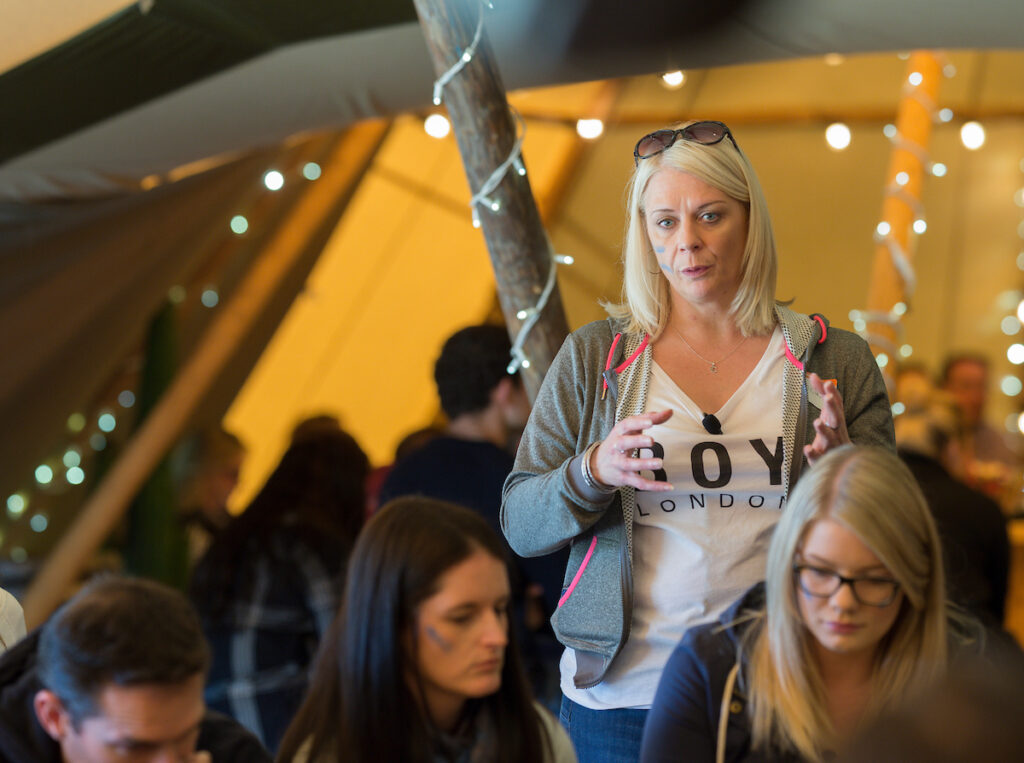
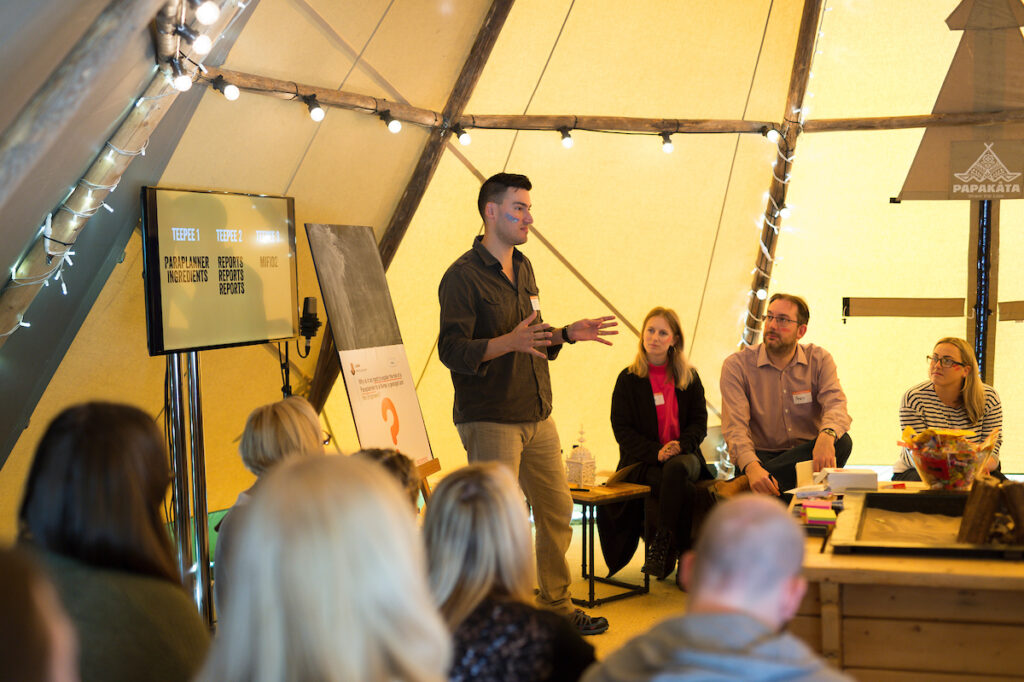
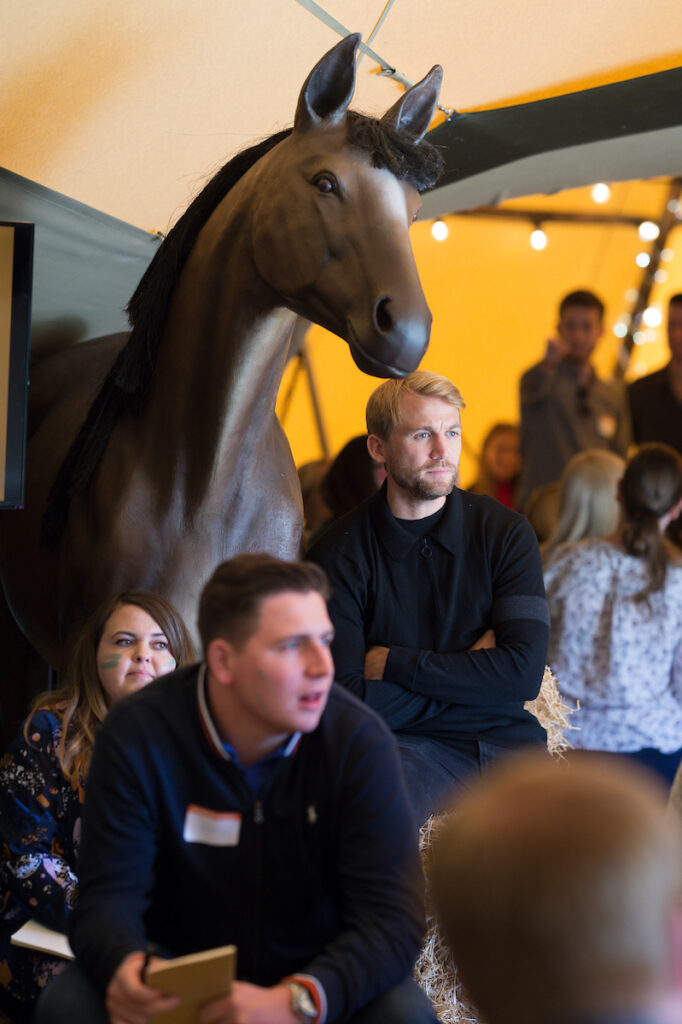

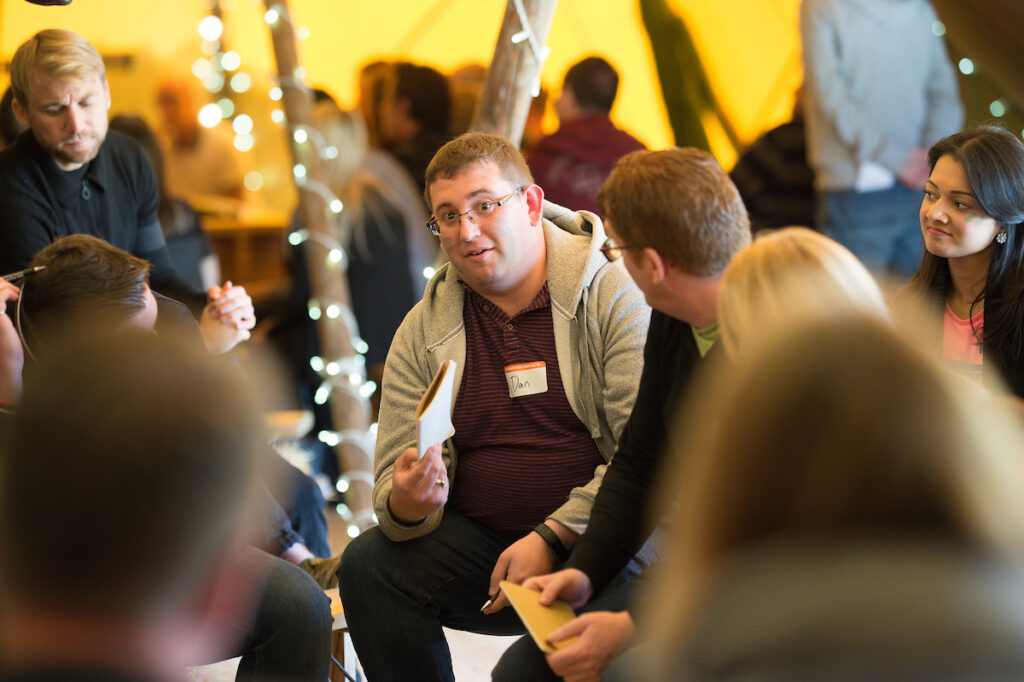
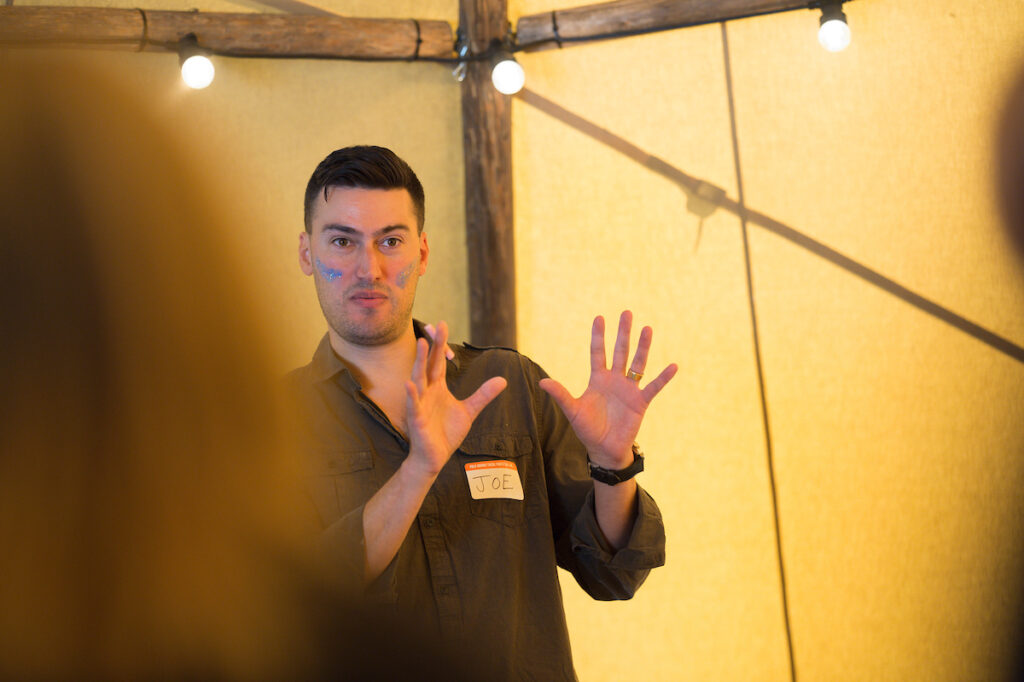
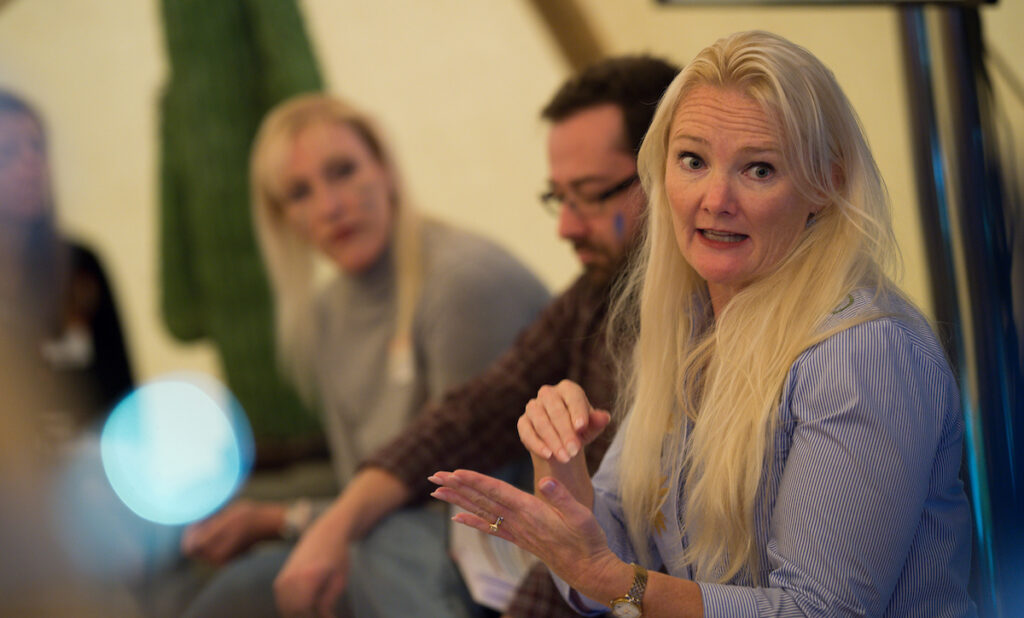
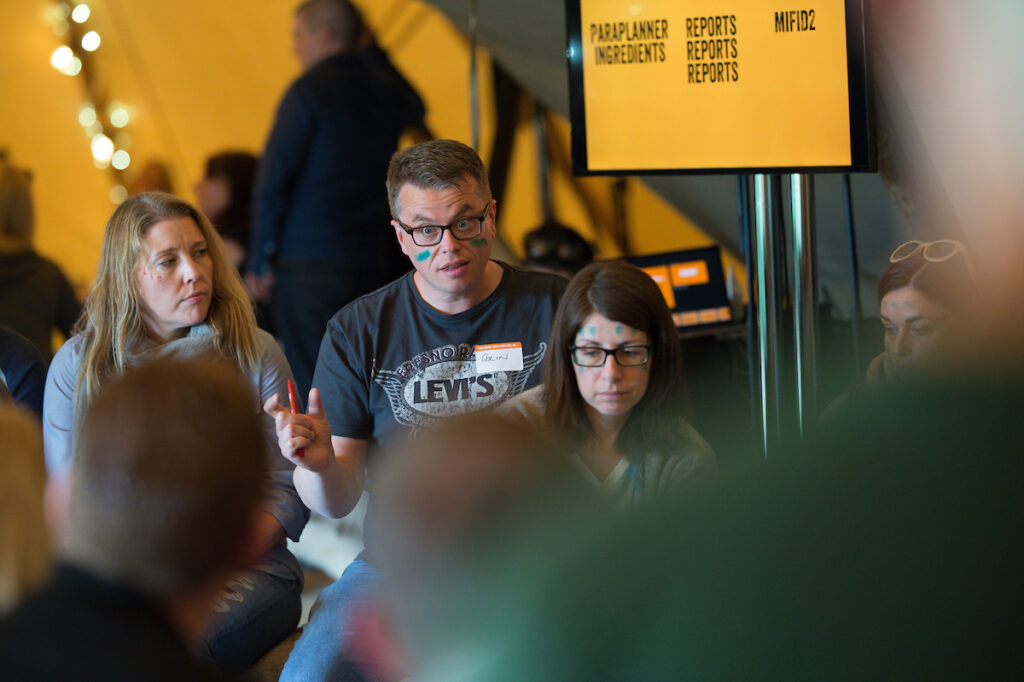
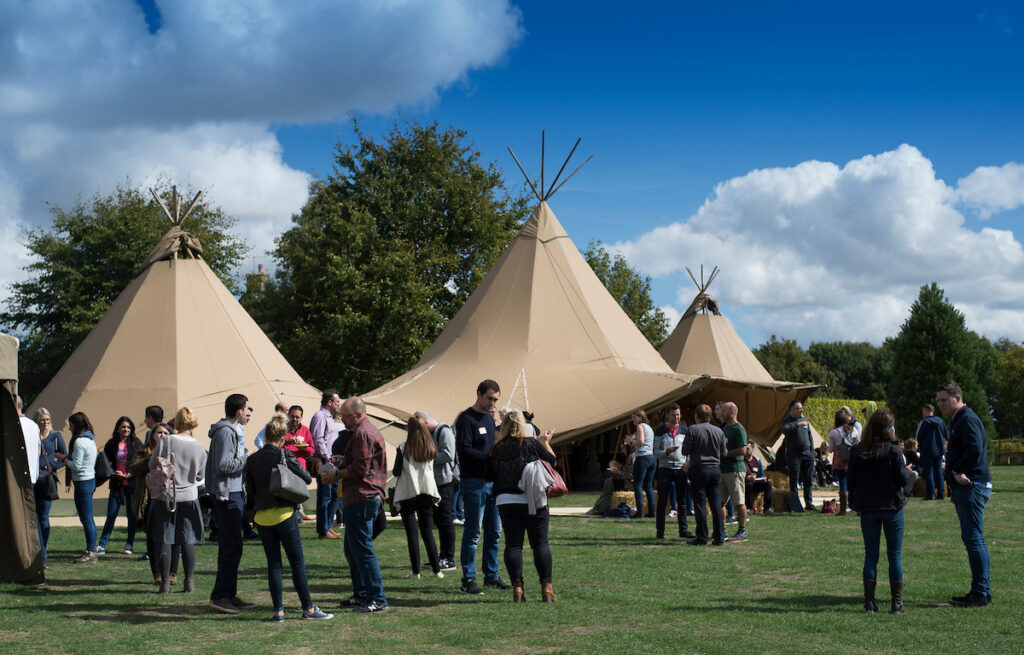
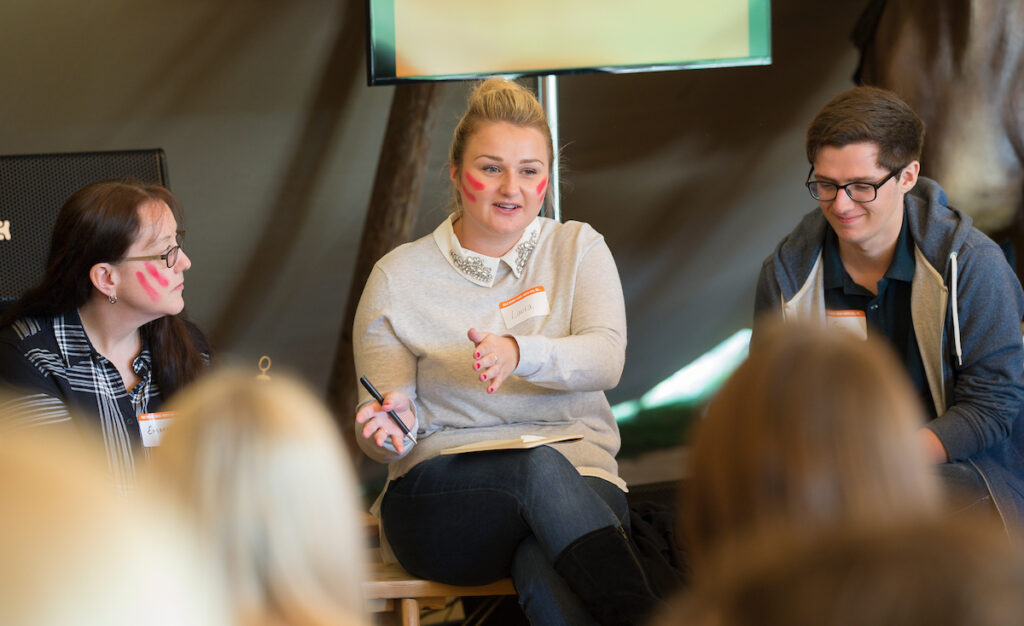
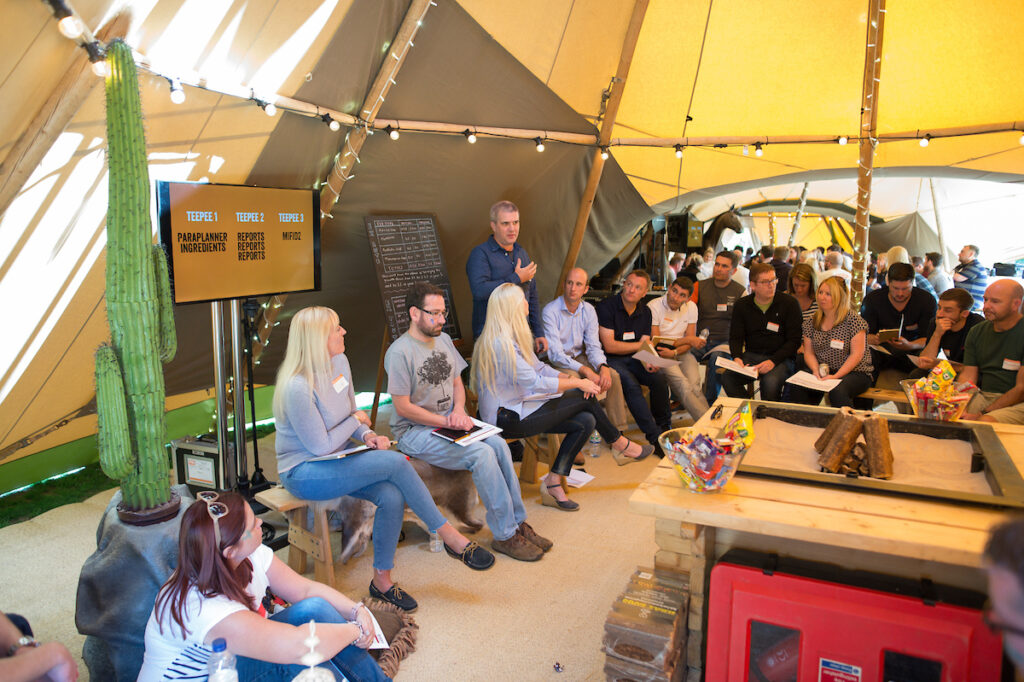
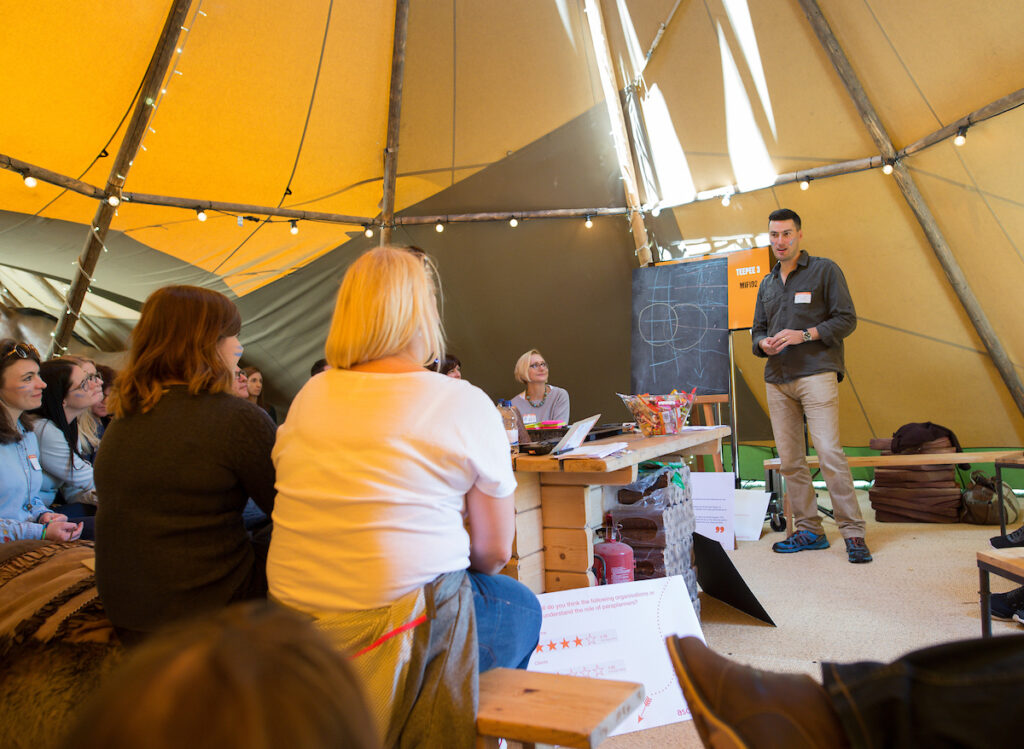
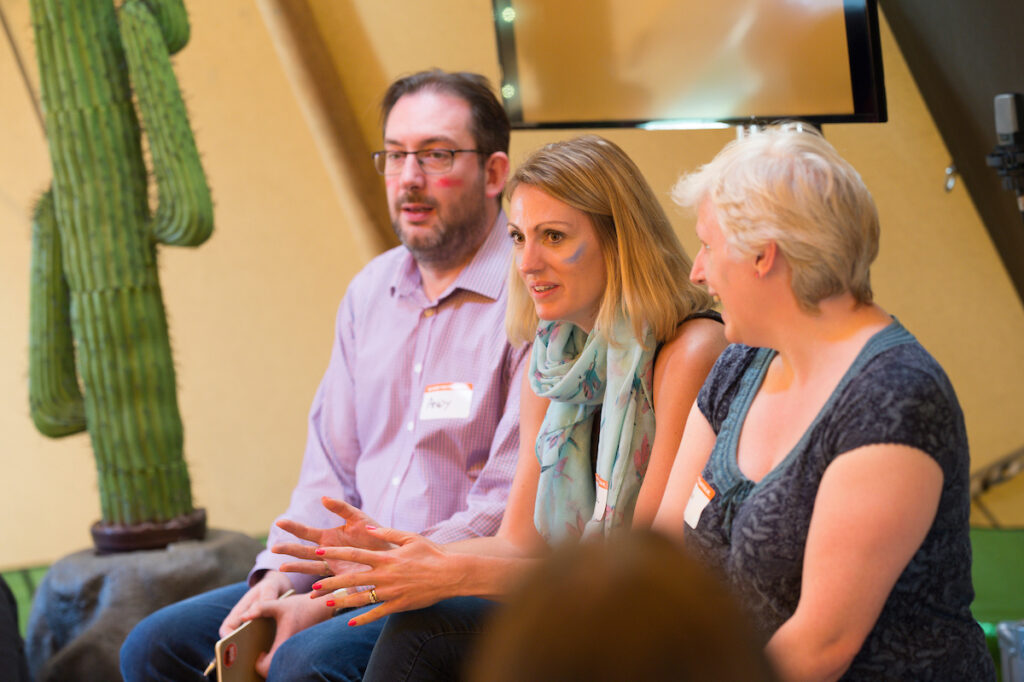
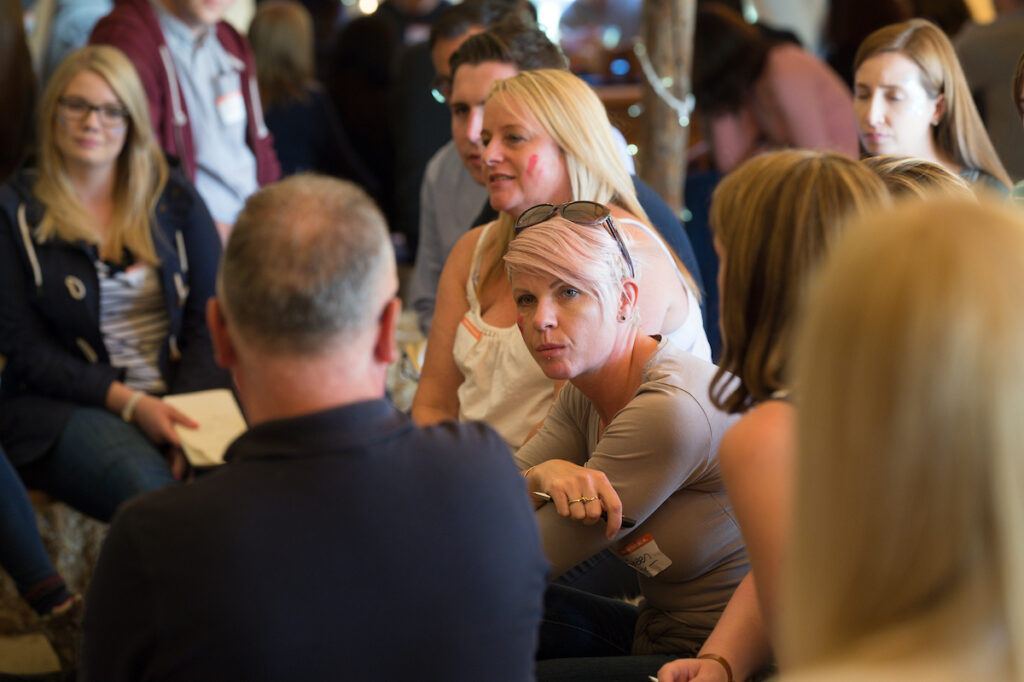
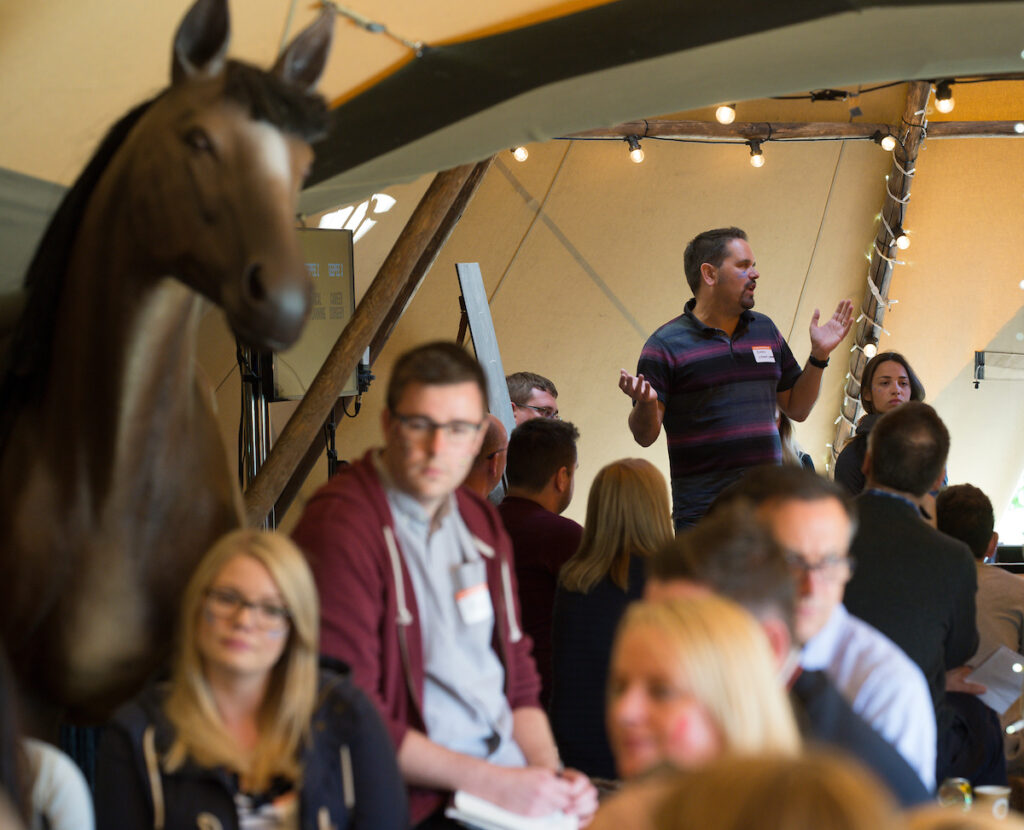
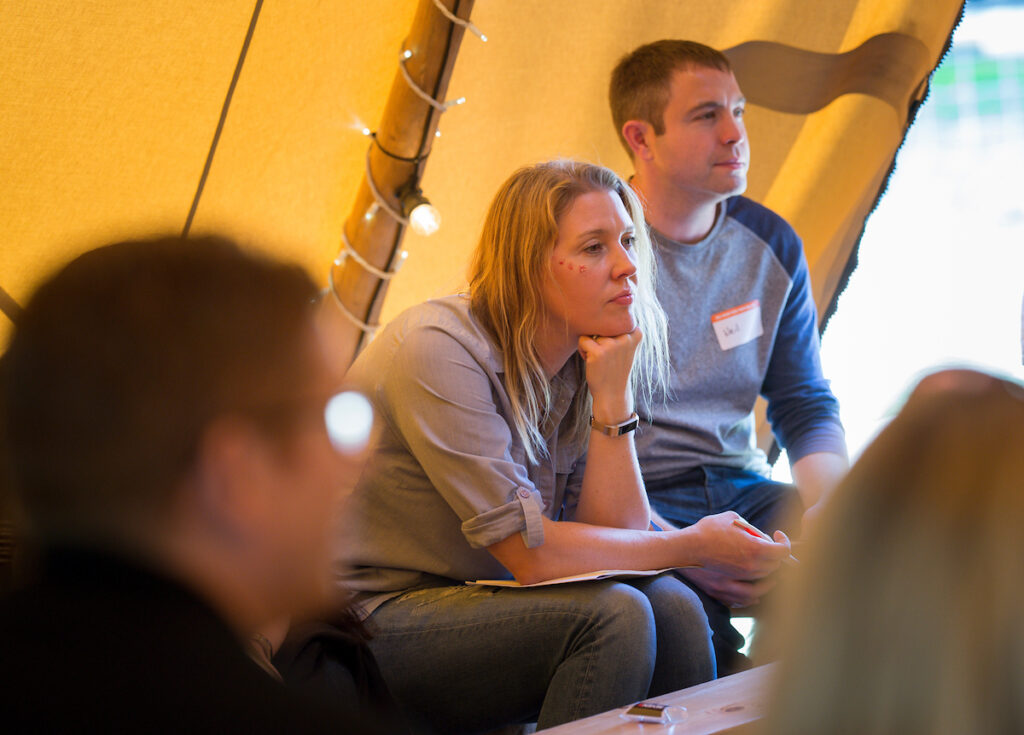
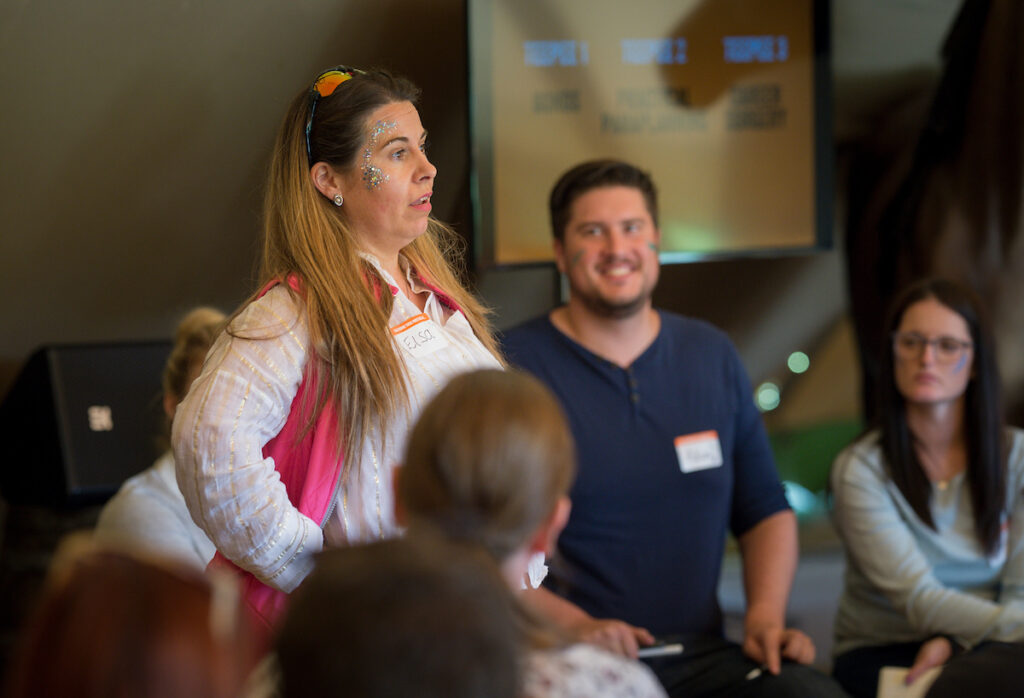
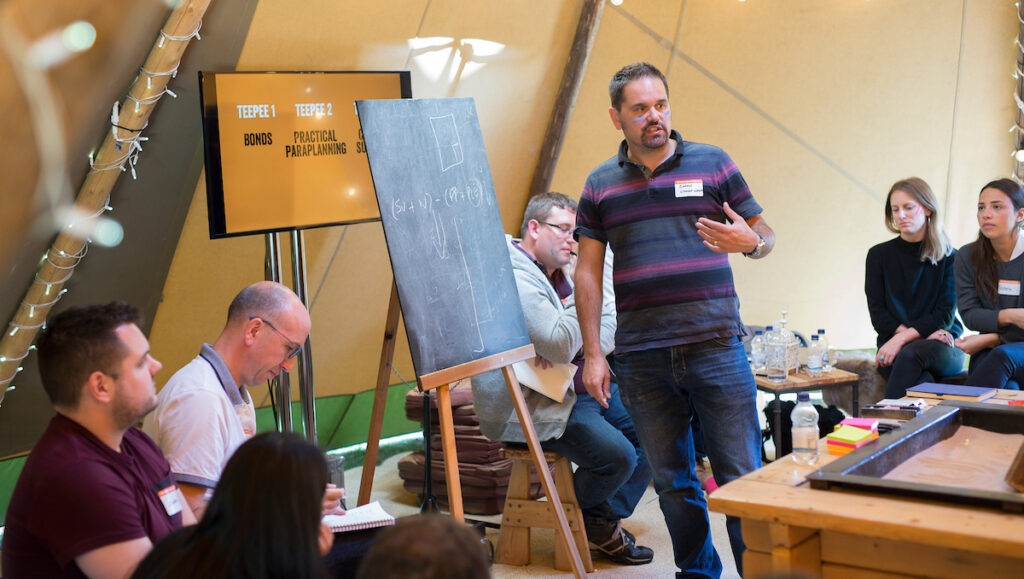
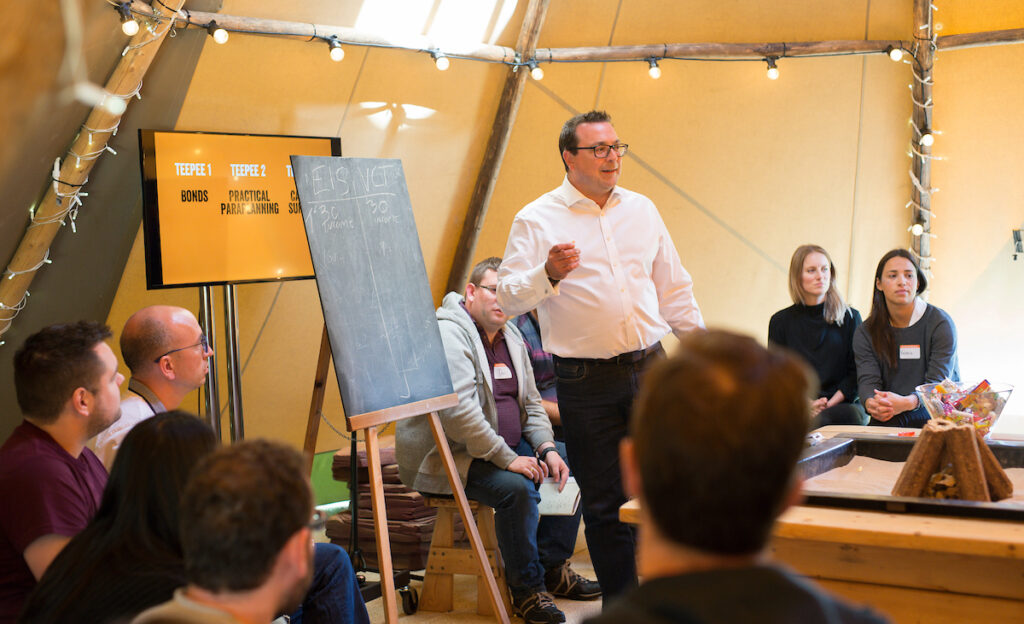
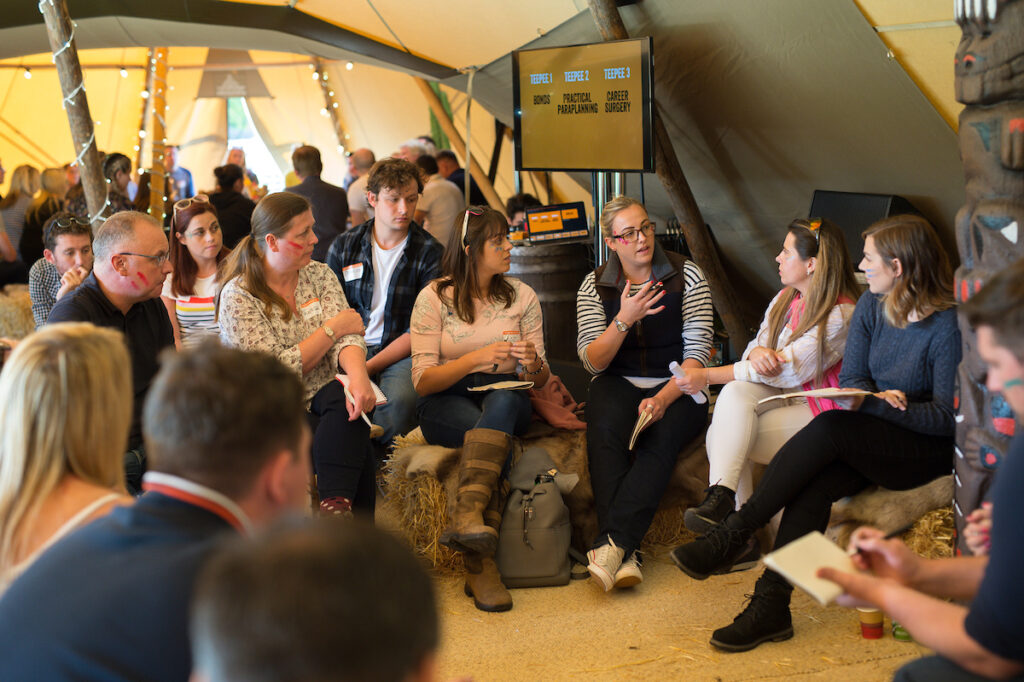
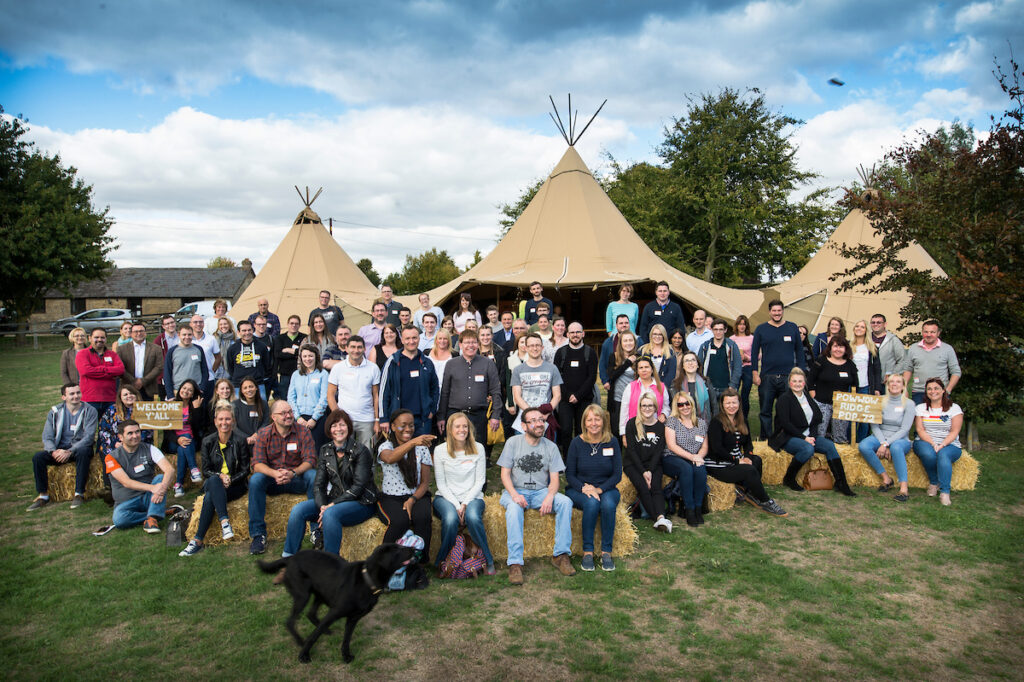
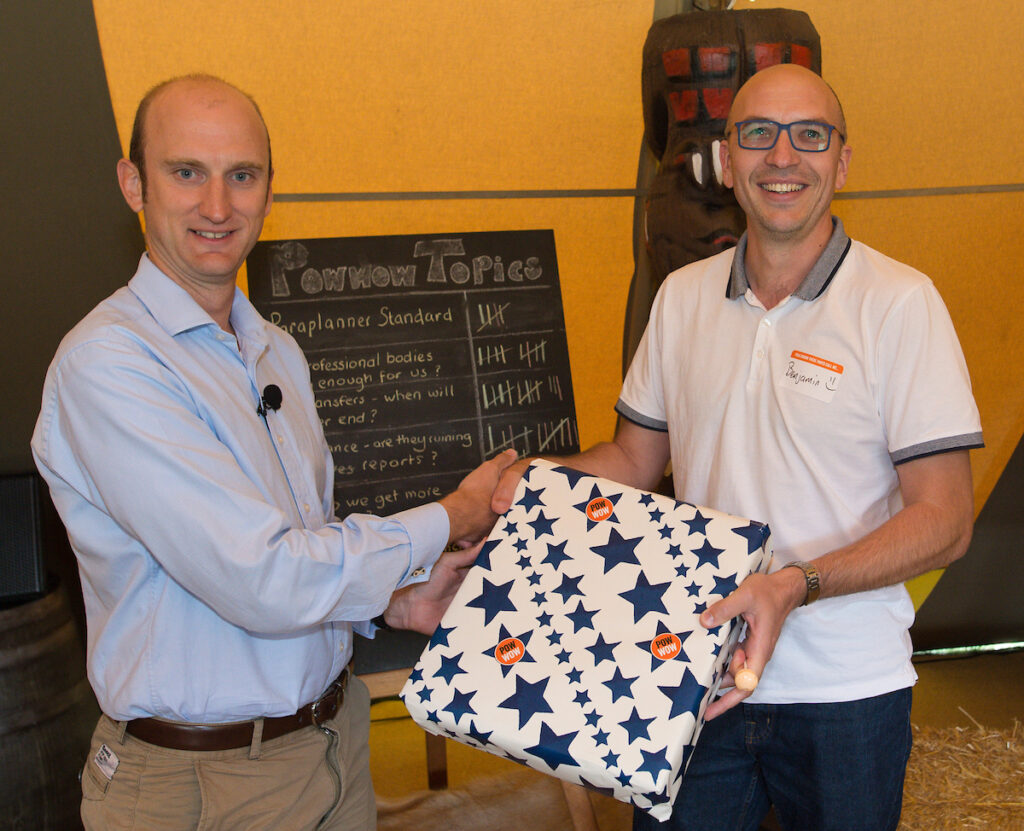
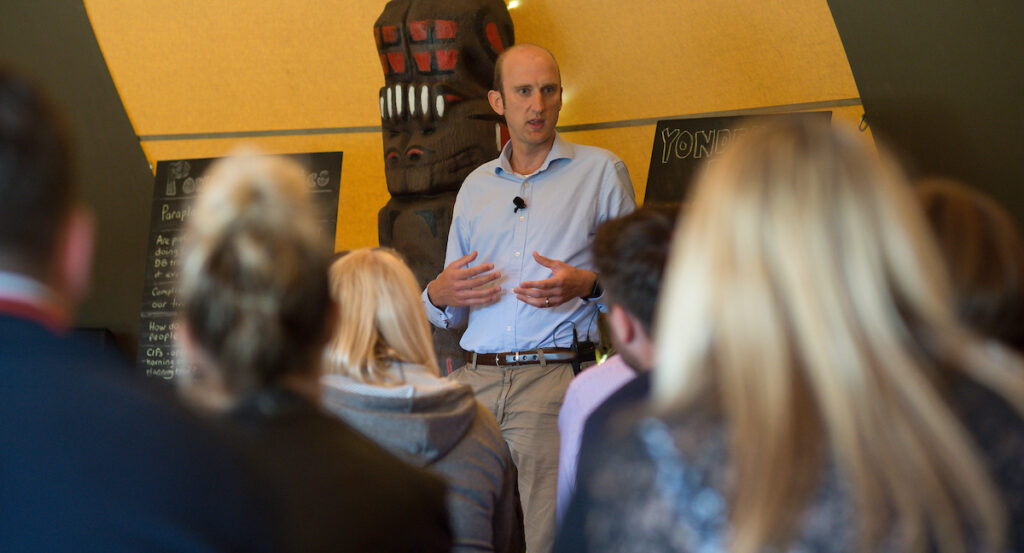
By Rachael Hurdman – Business Coach and consultant, Founder of Arch Inspire
Further to the July Howwow on building and managing paraplanner teams, here is a summary of the key themes we discussed, which I thought would be helpful for you all.
The purpose of paraplanning in your business…
- As a Paraplanning Manager it’s crucial that you can articulate to clients and your business the value that paraplanning specifically brings. This will also help team members understand how they contribute to the overall purpose of the team
- As a manger define and share how you can best add value to your team and the wider business – be clear on your core strengths and where/how you can make the difference. This will support team members to understand how they can best work with you. This needs to be two-way so ensure you spend time with team members to explore the value they add and where/how they feel they can make the difference
- Define, document and share the purpose of paraplanning together as a team and share this throughout the business – the outputs should also inform key messaging to clients about the client experience and how paraplanning will specifically touch and benefit clients
The Player/Manager dynamic
- If you have defined and shared how you can best add value as a Paraplanning Manager, this will support you to start to define the balance between managing/leading/client delivery – this will change and evolve over time but accept that it will be difficult to carry on doing everything you did before you became a manager and be open to the change ahead
- Embrace and enjoy that a core part of your role is to develop and coach others to be able to deliver exceptionally well for clients. Many managers and leaders enjoy this aspect more and more as they develop their skills. It also empowers team members when you can show you trust them to deliver and work with clients you once looked after
- Keep your hand in and be prepared to still ‘do the doing’ – whilst the amount of client work you do may reduce, work hard to keep your knowledge fresh so you can practice what you preach and support the team. Be honest if you feel someone else in the team would be better placed to take on a specific piece of work due to their technical knowledge or skill – you can still support them in a mentoring capacity
- Be receptive to feedback as a manger and leader, you can and will learn a huge amount from your team members – people respect those that willingly ask for feedback on their own performance and act on it regardless of the position they hold.
Assert yourself and the team
- Refer and feel free to use the contracting template to support and develop new and existing relationships both within your direct team and across the business
- Get your contracting clear at the outset in-order to control resources and workflow and re-visit the contracts you have in place regularly – remember great contracting is two-way and definitely not a list of demands flowing one way
- Invest time with your team to develop their contracting skills – mentor and coach them in this area and review examples where it has gone well/not so well to build on the skills continually
- Assume your position as both a Paraplanning Manager and a Paraplanner – respect your role and the value you bring in the same way, you value other roles within your business
- As a manager ensure you are clear on the level of autonomy you have to make decisions/enforce changes – work closely with your own manager to ensure that you are backed 100% when you have to push back or make the tricky calls
Communication, Communication, Communication
- Speak regularly with team members and meet whenever possible (if face to face isn’t possible use technology to see each other)!
- Consider a weekly success/learns/concerns session
a) Successes – capture and what what’s gone well and the resulting impacts
b) Learns – ensure all team members are sharing learns to support each other and work as effectively and collaboratively as possible
c) Concerns – ensure there is open dialogue where people feel comfortable to share concerns/issues to get support and help from the team (this doesn’t happen enough in businesses and can result in conflict, tension and stress if things are left unsaid for too long). Encourage and promote a culture where concerns and problems are shared openly
- Never, ever presume anything and distil this message across your team – it’s one of the root causes of poor communication – always ask and never guess
- Pick up the phone more and speak to each other (avoid jumping to e-mail straight away particularly where one phone call could avoid 20 e-mails)
- Avoid lengthy e-mail chains and ask yourself would it be better to speak to the person – if the answer is yes then speak to them and send a follow up e-mail as a record if required
- Keep close to your team – continually ask your team members how they are feeling and thinking about their work load (before/during/after hot spot periods)
- Take care not to always gravitate to the ‘go to people’ – ensure work is shared across the team, to empower others to step up and avoid key man dependency on those that always will step up. Create a culture of one team with shared responsibility.
You can find out more about how Rachael and Arch inspire supports businesses, teams and individuals by visiting www.archinspire.co.uk and connecting with Rachael on Linkedin.
We thought you’d like to see a selection of shots from yesterday’s Paraplanners Powwow so – err – here’s a selection of Ady Kerry’s shots from yesterday’s Paraplanners Powwow…
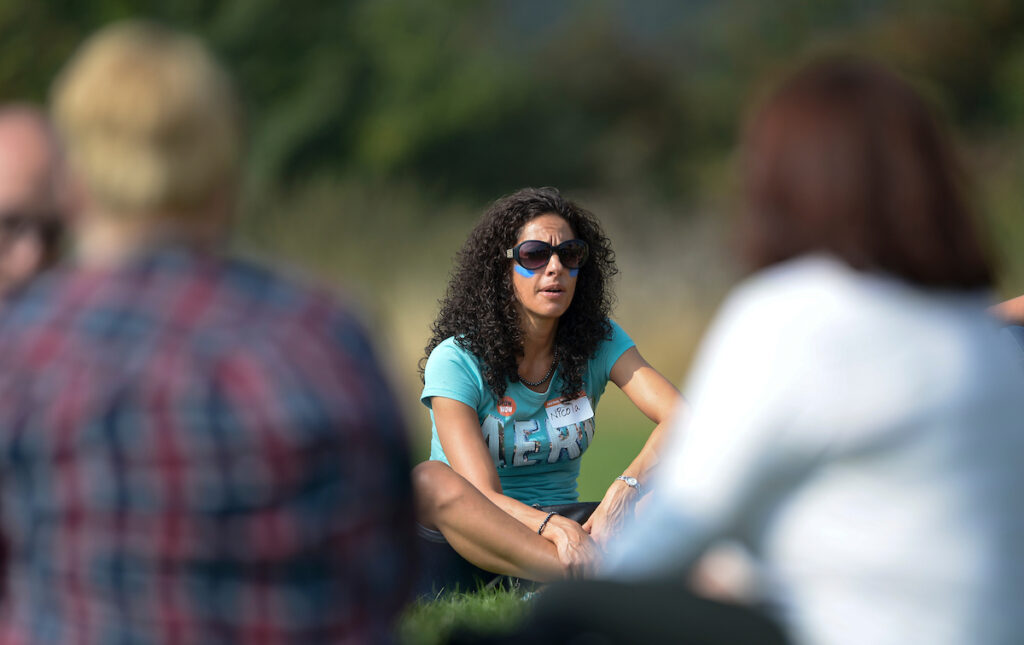
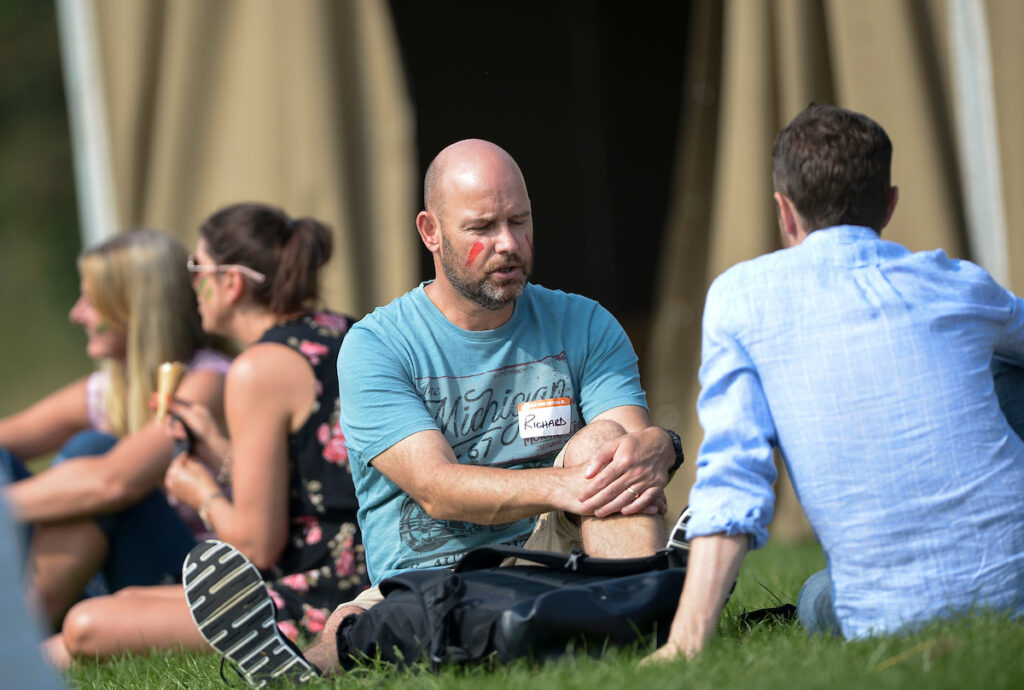
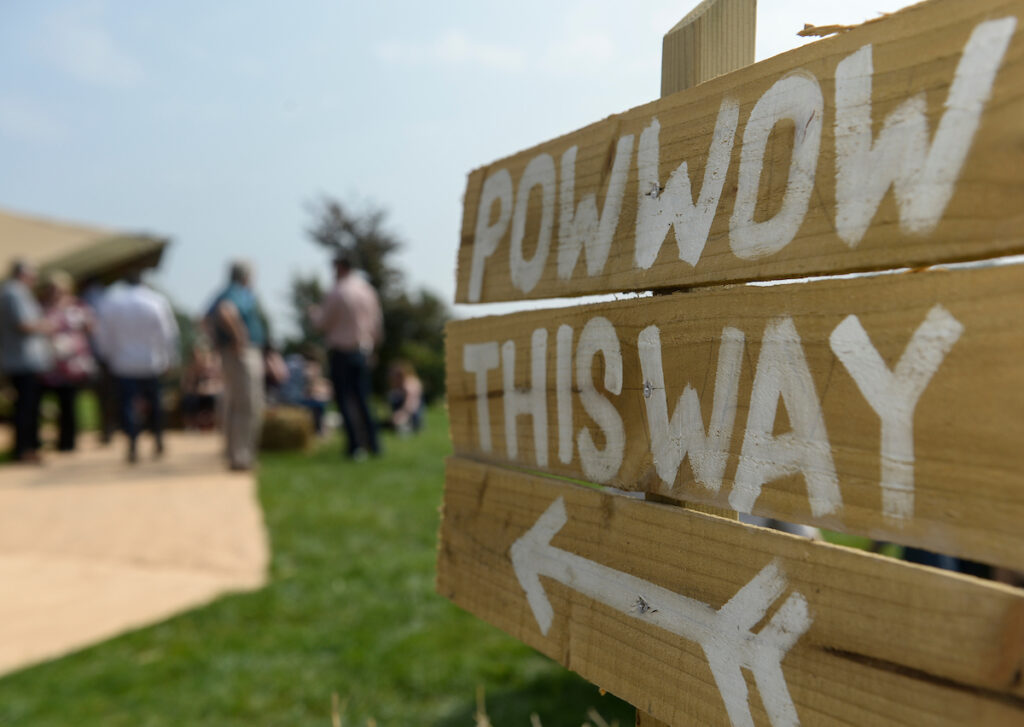
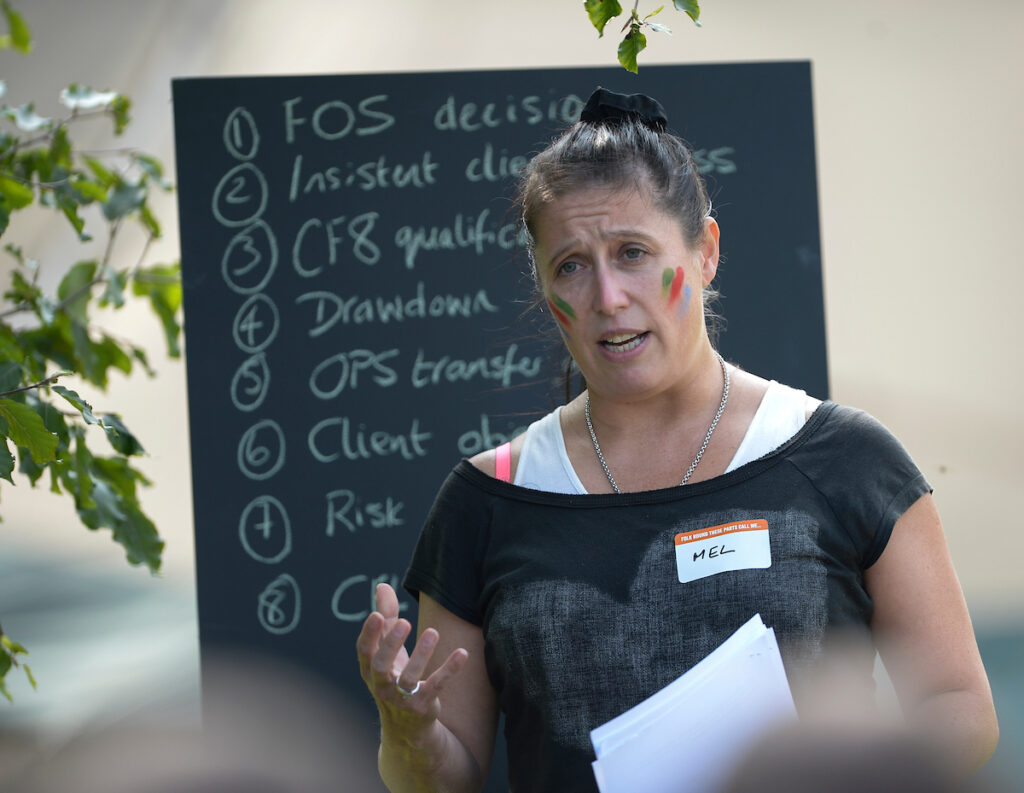
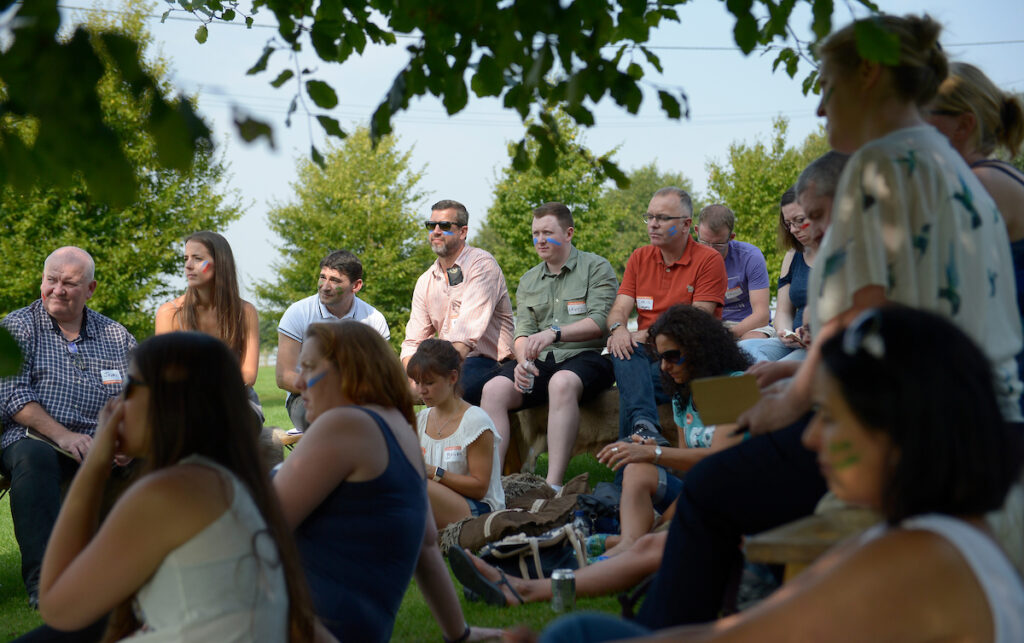

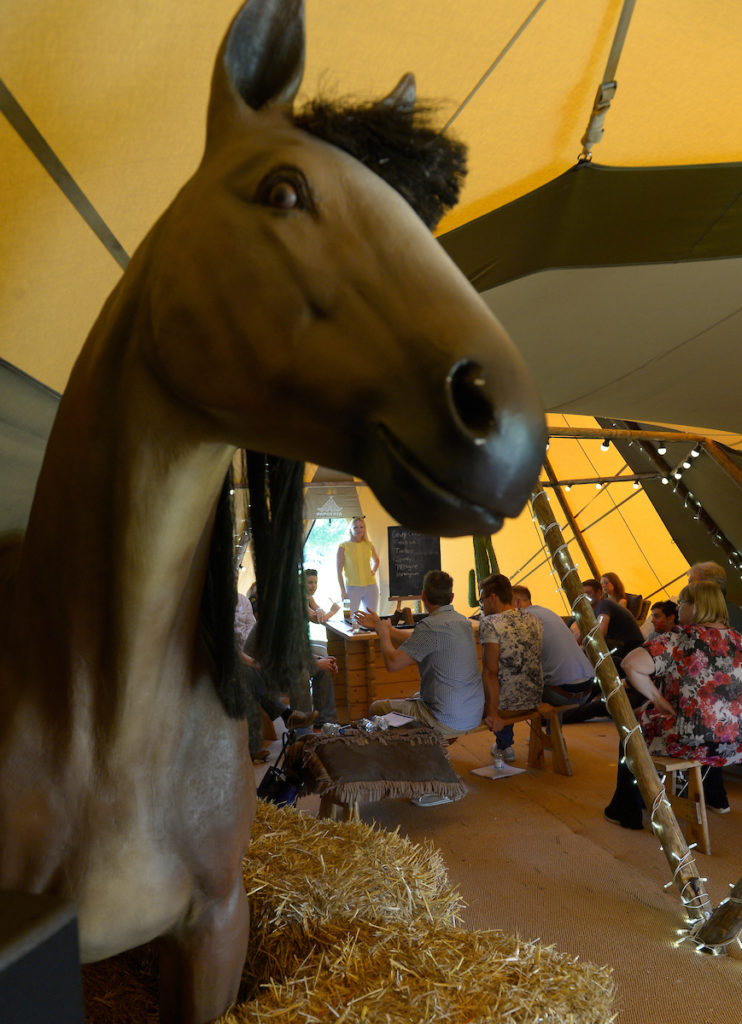
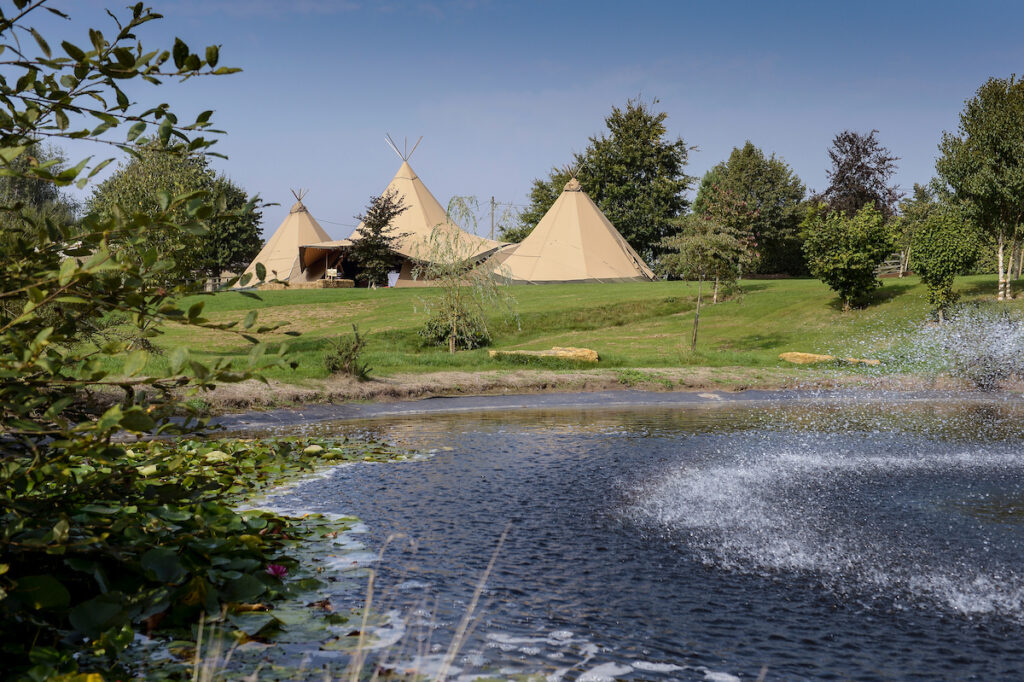


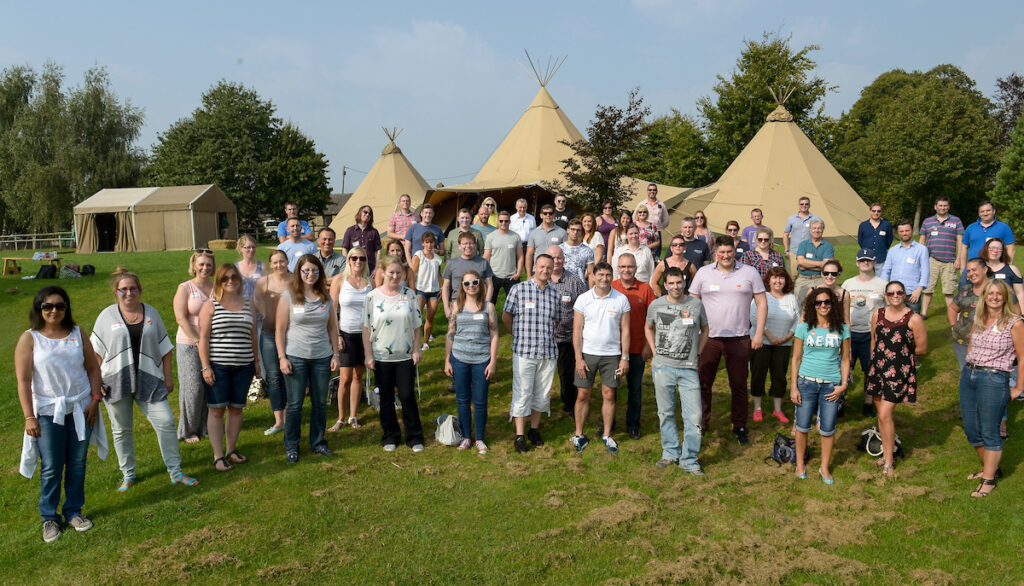
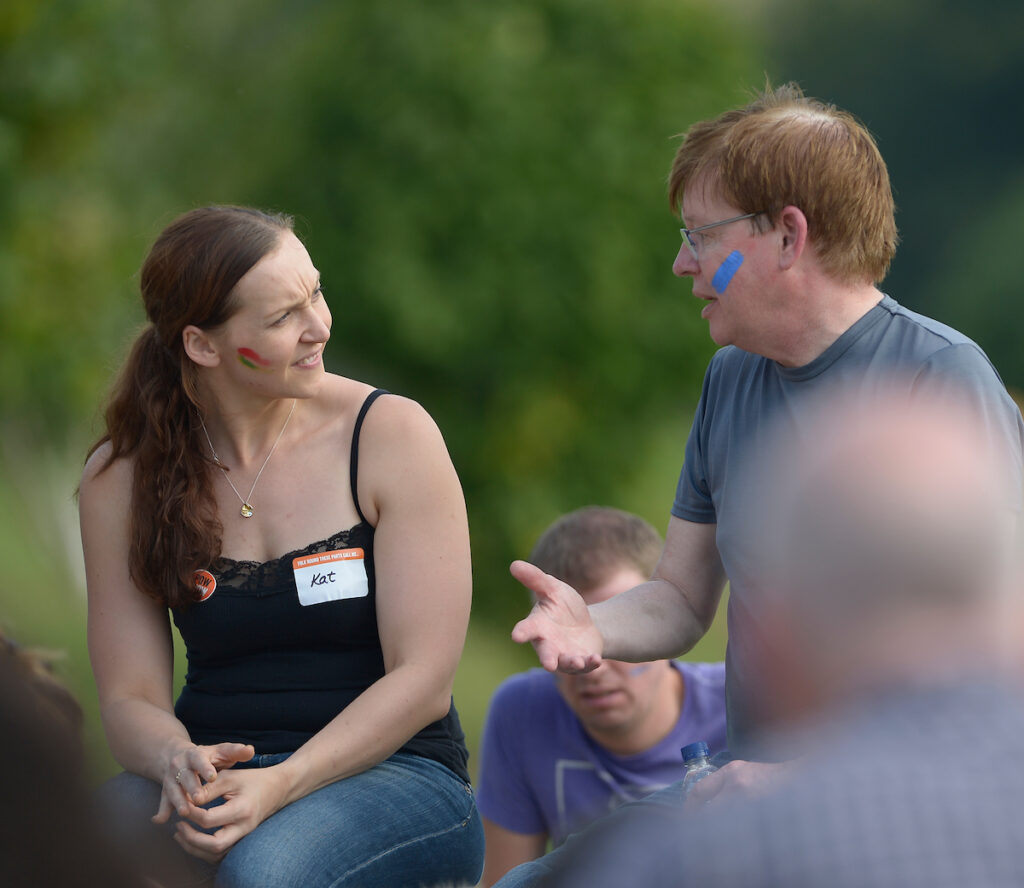
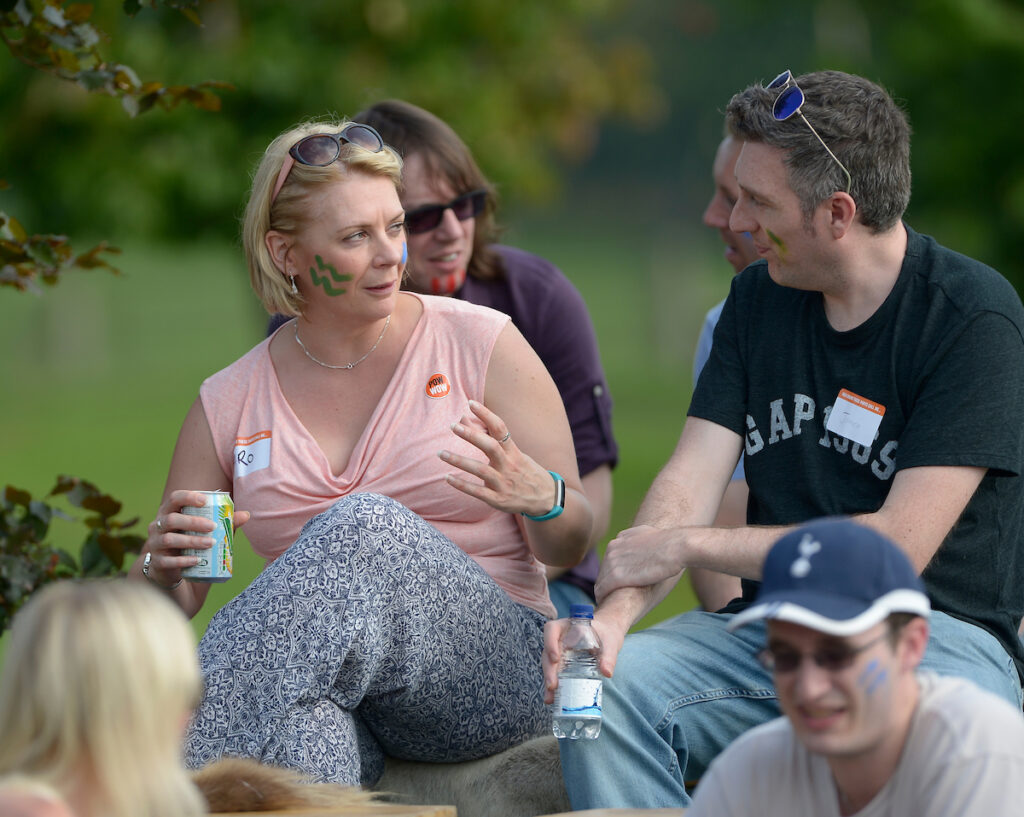
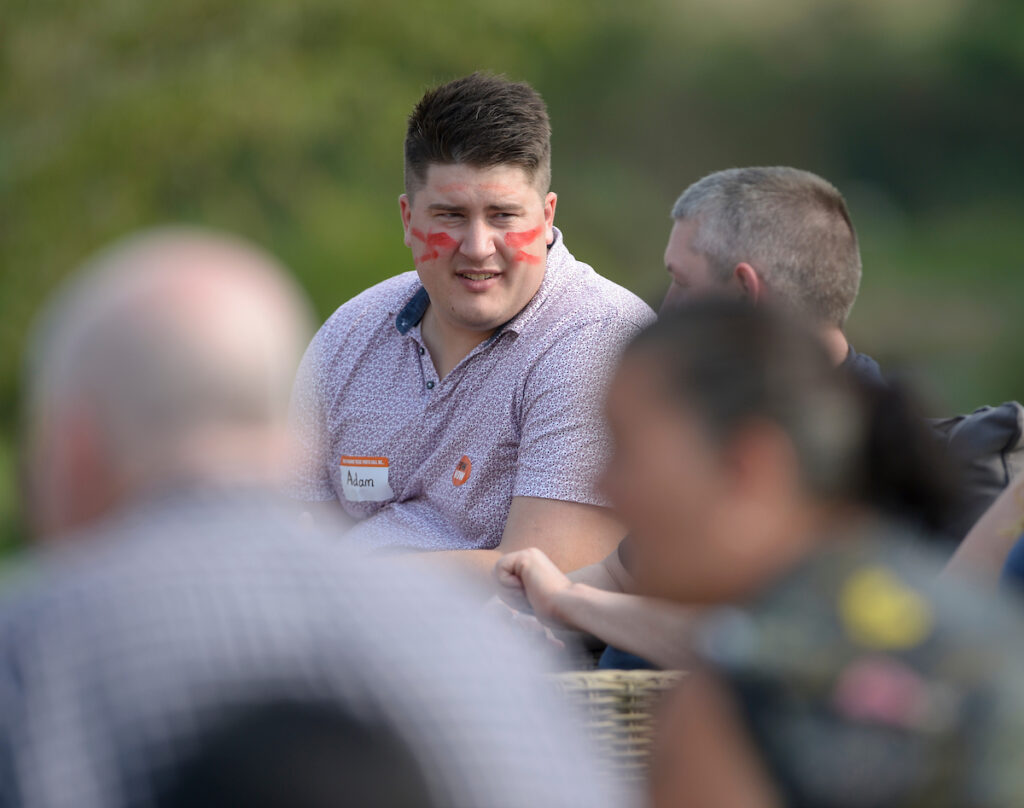


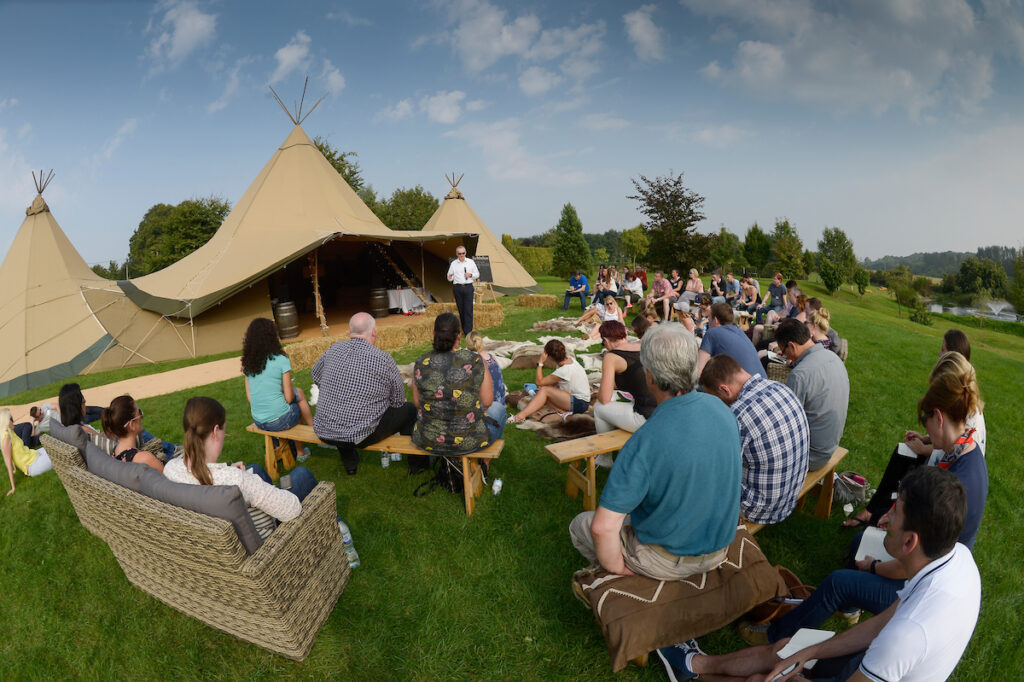
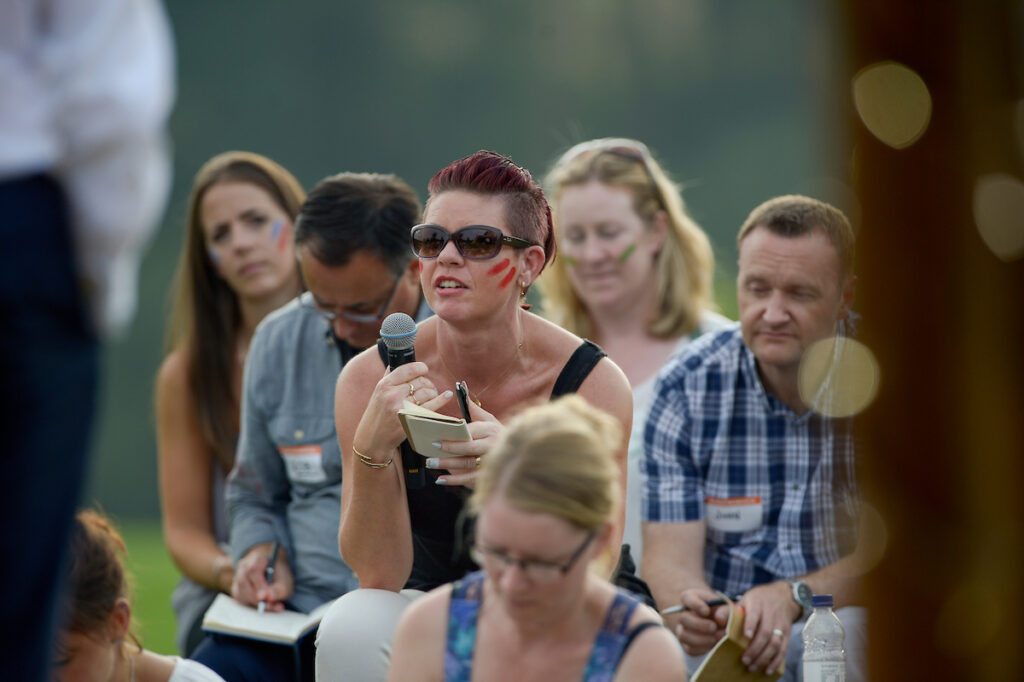
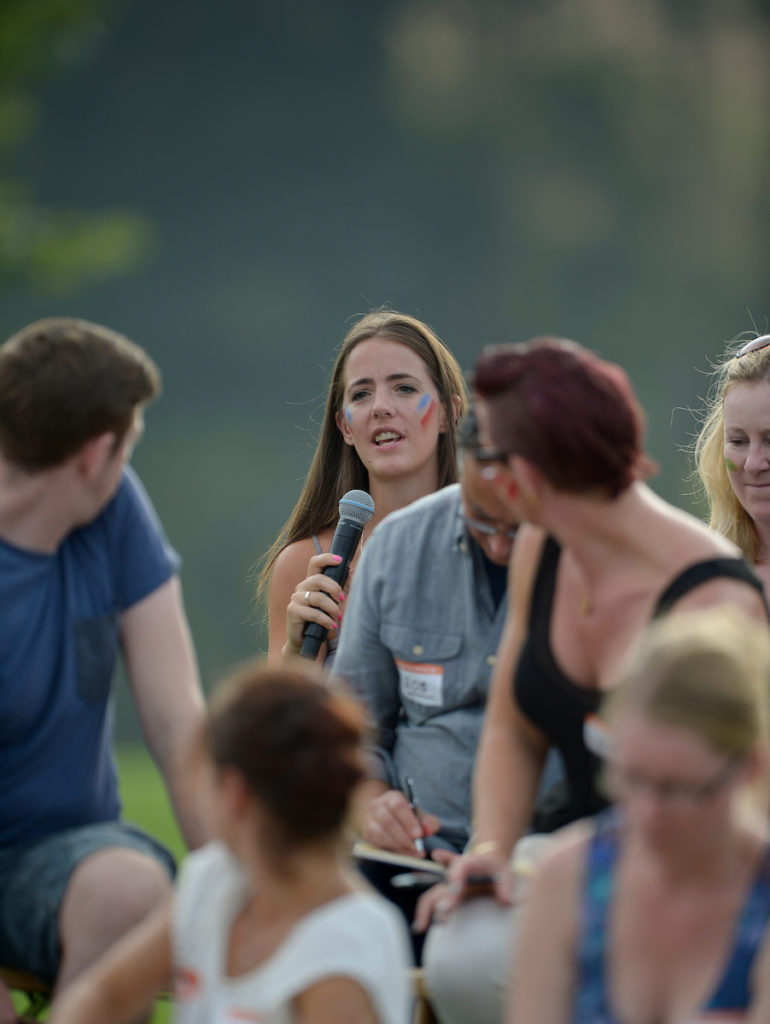
Welcome to a brand new series of blog posts where we’ll be sharing real-life case studies written by real-life paraplanners. Why? Because whilst theory is always good, nothing beats hearing how the technical stuff gets applied in practice from actual paraplanners themselves. So here’s the first in the series, where paraplanner Nathan Fryer talks about making a difference for your client.
Case study: Getting the best client outcome
Name: Nathan Fryer
Tell us a bit more about you, Nathan: I’m the founder and Director of Plan Works, a provider of outsource paraplanning. I also co-host Powwow Down South and you may have spotted me on a couple of the Howwow online panels.
What’s your case study all about? This is an example of how analytical thinking can make sure that the client gets the best possible outcome.
Ok, over to you…
As a paraplanner I question everything as I don’t like to simply “do as I’m told,” some advisers like this and the ones that don’t are no longer clients. In my mind, unless you are prepared to be challenged on the advice being given then you do not have the client’s best interests at heart. This is not to say that I know everything, because I don’t and I wouldn’t be being honest if I said I think I did know everything.
Last week an adviser approached to construct a case for a client who was over 55 but under 75 earning just over £100,000 a year with vast sums of assets.
The client had approached the adviser as they wanted to commit a sum of £650,000 to help provide an income in retirement and assist his two children when he is no longer around.
The client didn’t, at this stage, want to give the assets away in full and has not made any pension contributions in this tax year, but fully utilises the available ISA allowance each year and plans to continue to do so from other savings.
The adviser approached me to construct a report recommending the investment funds and products that might be suitable. On the surface it looked like a General Investment Account might do the job but I carried out some tax-wrapper analysis and concluded that a blend of products might work better.
I concluded that the client could make use of his annual pension allowance together with an investment bond and a General investment account.
- The client is expected to only be a basic rate tax payer in retirement
- At this stage we did not have information about the previous three years contributions or in fact whether the client had a pension scheme at all. Carry Forward will be investigated at a subsequent meeting
My proposal was that we place £32,000 into a pension, meaning that he will benefit from immediate tax relief of £8,000 and further £10,000 through the client’s tax-return. Place £60,000 into a general investment account to be able to fully utilise the dividend allowance which I have assumed will reduce to £2,000 next year meaning that the client can receive 3.33% dividend return (3.50% is the average dividend yield of the FTSE all share). Then place the remainder into an onshore bond. This means that whilst the client remains a higher rate tax payer they can access 5% withdrawals each year (tax deferred) which based upon the initial investment of £558,000 would amount to £27,900 (not allowing for adviser ongoing fees.) This £27,900 could either be given to his children or used to make further pension contributions.
So what is the impact of what the adviser has recommended?
Personal Allowance – The client in question was earning £110,000 therefore the personal allowance of £11,500 was being reduced by £1 for every £2 over £100,000 meaning it was £6,500.
| Gross Income | £110,000 |
| Personal allowance reduced by £5,000 | £6,500 |
| £6,500 @ 0% | £0 |
| £33,500 @ 20% | £6,700 |
| £70,000 @ 40% | £28,000 |
| Total tax | £34,700 |
When making the pension contribution, this has the following impact:
| Gross Income | £110,000 |
| Less personal contribution (Gross) | (£40,000) |
| Adjusted net income | £70,000 |
| Personal allowance | £11,500 |
| Amount on which tax is calculated (£110,000 – £11,500) | £98,500 |
| Income tax on £73,500 (basic rate extended by £40k) @ 20% | £14,700 |
| Higher rate (£110,000 – £11,500 – £71,500) £25,000 @ 40% | £10,000 |
| Total tax | £24,700 |
Difference = £34,700 – £24,700 = £10,000
So not only has the client benefited from £8,000 immediate tax relief, he has also benefited from £10,000 income tax relief therefore saving £18,000.
You may argue that the client has to pay tax upon taking income from the pension to which I have a few responses.
£32,000 into the pension plus tax relief is £40,000. If we ignore the impact of any growth or inflation the client will have £40,000. 25% is assessable as tax free cash i.e. £10,000 and the remaining 75% is taxable at 20% which provides a net of £24,000. £10,000 + £24,000 = £34,000 meaning that even after tax, the client has made £2,000 or 6.25% return.
In addition, we could argue that if the monies were to be left in the pension for his children, it would not form part of the estate for inheritance tax purposes and therefore could save 40% on the £40,000 which is £16,000.
Investments
I suggested that the client put £60,000 into a GIA as this would broadly utilise the annual dividend allowance meaning that the client can achieve a dividend return of £2,000 a year without having to pay further tax and any interest income will be taxed at 40%.
The onshore bond would be taxed at source by 20% on any interest income, property income, rental income and offshore income gains this is versus the GIA that would be taxed at 32.50% on any dividend income and 40% on any interest income which would be added to the clients other income and taxed at the marginal rate.
Broadly speaking the gains on the bond would be taxed at 20%.
Overall
The original thought was to put £650,000 into a GIA meaning that if we assumed a dividend return of 3.50% and an interest return of 2.0% the client would pay £6,743.75 in dividend tax, based upon the £2,000 allowance and £5,200 income tax, which totals £11,943.75 each year.
The recommendation has resulted in the client receiving tax relief upon the pension contribution totalling £18,000 (before withdrawal) or £12,000 after withdrawal.
The client would pay nothing on the dividend return from the GIA and £480 a year on the interest income. Within the bond it would broadly pay £1,953 on the dividend income (assuming the 50% is UK and 50% is international) and £2,232 on interest and other income.
What does this mean?
The original tax position was a bill of £11,943.75.
The new strategy results in positive net relief of £13,815.
This does not take into consideration the future savings by taking 5% from the bond, placing into the pension each year which would be £27,900 which would benefit from a further £6,975 immediate tax relief and £8,975 income tax – £15,950 each year.
DISCLAIMER
This is not specific advice and should not be read as such. If you need advice, please get yourself a decent financial adviser.
Want to share a technical case study with your fellow paraplanners? Pop your idea down on an email to [email protected] and we’ll help you do just that.
By Caroline Stuart, Paraplanners Powwow 2017’s NEW host
So we are now approaching the fifth National Powwow, one of the best professional events I’ve ever been to and my personal favourite.
Roll back four years and I think that if you had told those first intrepid Powwowers that not only would it still be going strong for the fifth time, but there would also be a whole range of mini local Powwows, online Powwows, (Howwows for those not familiar with the lingo!) and an online forum ‘The Big Tent’ , there may have been a few raised eyebrows, but not many.
I, for one, am not surprised at the popularity or longevity of the Powwow. It is fantastically organised by Richard and his team, who have taken it from an idea to an event to virtually a movement.
It doesn’t surprise me because the evolution of the Powwow has been largely driven by the demand for what it offers and the people demanding it. I don’t want to get all evangelical extolling the virtues of paraplanners because there are high-quality, dedicated people in all parts of the financial planning profession; but this is the group I am most familiar with, and my experience is a group of professional people with a real passion for what they do and the clients they are working with. They are always striving to improve how they do things and then sharing that with their fellow paraplanners. The Powwow gives a perfect forum and platform for that learning and sharing.
The originality of the Powwow means it is a completely unique event. For many years, I went to conferences and seminars to learn about a tax or legislation change or new product offering, and to maybe try and meet some of my peers in the breaks. However, how these would often turn out, in reality, would be me standing in a corner enjoying the finger buffet, reading some piece of literature I had been given whilst avoiding eye contact with all people at all costs. I would certainly never have spoken up or asked a question. As I was not an adviser or sales consultant, who were predominantly the attendees of these things at that time, I would quite often feel like a peanut in a packet of crisps, very much like I didn’t belong or had secretly snuck in for the free bacon sandwich.
But then came the Powwow, and this was something new and very, very different. I found myself in a teepee in a Northamptonshire field with a load of like-minded people and an awful lot of chocolate. I don’t know whether it was the campfire, the lovely new Moleskine notebook I had been given or whether I had just had a little too much sugar, but for the first time I spoke up and joined in. To me, this is what I love and what is so great about the Powwow; it embodies all the good qualities you find in the paraplanning community; it is warm, welcoming, friendly and fun, and enables anyone to get involved.

Since then, I have helped run a mini Powwow and sessions at the main Powwows. Having been at all of them, I have seen new faces come over the years, and like myself go from someone who is attending – taking everything in but perhaps staying quiet, to the following year questioning and commenting, and then to finally participating and helping.
I have seen so many different subjects covered at the Powwow, from Compliance to Design Psychology, DB Pensions to Efficient Technologies and ‘The History of Investing’ also known as ‘What did the Romans ever do for us?’ There really is something for everyone, whether you are a pensions nut or a techno-geek, you will find something that floats your boat, and did I mention the chocolate, (also see sweets, ice cream and barbecue!)
I personally have got so much out of the Powwows; they have without doubt helped me develop and progress professionally. But more than this, I have also met some really great people and made some really good friends, so when Richard announced last year could be the last one and he would no longer be hosting, I knew I had to volunteer and get involved. I wanted to do whatever I could to help make sure that the Powwow wagon continues to roll, and continues helping and supporting paraplanners the way it has me.
It feels like the Powwow has almost become a force of nature; it is an annual fixture in many paraplanners’ calendars including my own, and so hosting it is, of course, a bit daunting. I am not worried though because I know that I will be amongst some of the most friendly and supportive people I know, and it will be brilliantly organised by seasoned experts!
The Powwow embodies everything positive in the paraplanner community and I just want to help it be around for as long as paraplanners want it to be. I just hope that I can help make this year’s as much of a success as the previous four and that people get as much out of it as I and others who have been through that wonderful Teepee have!
This is the original version of Caroline’s article for Financial Planning Today and was published June 2017.
Tickets are on sale for Paraplanners Powwow 2017 now – just click this link!
Howwows are for those times when we want to focus on ONE topic in particular and, in depth.
For 2017 we’re planning on holding more online Howwows, in addition to four face-to-face ones. In fact, online Howwows are scheduled for every last Wednesday of the month, at lunch time (1-2pm for most normal folk), so you can join in while eating your sandwich.
If you’ve never tuned into a Howwow online or you’re a bit rusty on it all – this handy guide will help you on your merry way.
1. Sign-up to online Howwows
We’ll be listing upcoming Howwows on the Powwow website every month. Alternatively, just pop over to our Powwow channel on Crowdcast, and you’ll find the next Howwow there waiting for you to register.
Plus, we’ll let you know when they go up via Twitter, the Powwow Post, and if you hit follow on the Powwow Crowdcast Channel
2. How to join the Howwow on the day
Keep an eye on your inbox at 12:50pm, on the day of the Howwow. Around about then, you’ll receive an email which includes a link to click to join in.
As a heads up, the webinar isn’t supported by all browsers, so we suggest downloading Chrome or Firefox ahead of the Howwow to avoid any delay in joining, or you could just download the nifty free Crowdcast app (that’s the webinar platform we use) for phones and tablets from iTunes or the Chrome Web Store. From there, all you need to do is sign in.
We’ll do a tiny bit of tech housekeeping at the beginning of each Howwow, that way you’ll know what’s what – it really is painless, we promise. You don’t need anything fancy, just the ability to watch, listen and type.
For those that share office space, you may want to tune in using earphones or headphones.
3. Drop-in when you want
You can tune in when you want, for as long as you want, from wherever you want – we’ve even got folk tuning in from Canada (Hello over there)!
4. How do online Howwows work?
For each Howwow there will be a small panel of paraplanners. They’ll kick off each Howwow by asking what’s on your plate – where you can chat about current day-to-day issues with other paraplanners.
Next up, will be the main topic for tackling in depth. In true Powwow style, we don’t know what these all are yet. That’s because you get to shape what topics to focus on.
Once you tell us what you’d like covered, we’ll do our best to put an A-team panel together for it.
All the way through the Howwow, you’ll be able to post questions, chat with other Howwowers (using a text messaging type thing).
The big idea is for panellists to make sure your questions, ideas and thoughts are shared with the Howwowers.
5. Can’t wait to pose a question?
Not going to make it to the Howwow or sure you’ll forget your question, then make sure you fire it over to [email protected].
6. Can I be on the panel or suggest topics?
The answer is yes to both!
If there’s any topic that you’re keen to share your views on then let us know. And of course, there’s no rule saying you have to be a panellist to suggest a topic. Get in touch by emailing [email protected] or tweeting @ParaPowwow.
7. Missed a Howwow?
We know at times the Howwow stars don’t align, and you just can’t make it. But, we’ve got you covered. You can head back over here – at any time – and find a recorded version lurking.
Plus, if it totally slips you mind, don’t worry we’ll always let you know there’s been one. Just follow us on Twitter, or sign up to Powwow Post, or hit follow on the Powwow Crowdcast channel, or in fact just do all three because, like Aerosmith, you ‘don’t want to miss a thing’.
There are just under two weeks to go to the fourth national paraplanners Powwow and we can reveal that one of the questions that we’ll be posing for the big Powwow session on 15 September is: Should this be the last national Powwow?
That’s a question that’s all the more poignant for Powwow founder, Richard Allum, because Richard will step down from organising the national Powwow that he started back in 2013.
Richard explained: “With local Powwows growing in popularity, a thriving community of paraplanners getting stuck in to discussions in the Big Tent, and plans for future online Howwows, now seemed as good a time as any to ask whether Powwowers think that the purpose of a national Powwow – on a yearly basis, at least – run its course?”
“And if it hasn’t then how would Powwowers like the event to develop in the future?”
“That’s the question I’d like to invite Powwowers to talk about when we gather together on 15 September.”
Despite stepping back from organising the national Powwow Richard still wants to work with other paraplanners to organising local Powwows and online Howwows in the future.
There are just a handful of tickets leat for this year’s national Powwow which takes place on 15 September 2016 under open skies, in teepees, in Ayhno, Northamptonshire. To book your ticket visit the Powwow event page.
Not only could it be the last national Paraplanners Powwow but it could be the last chance for paraplanners to hear – first hand – the FCA’s Rory Percival’s perspective on financial planning issues.
That’s because Rory recently confirmed that he would be leaving the FCA in November.


